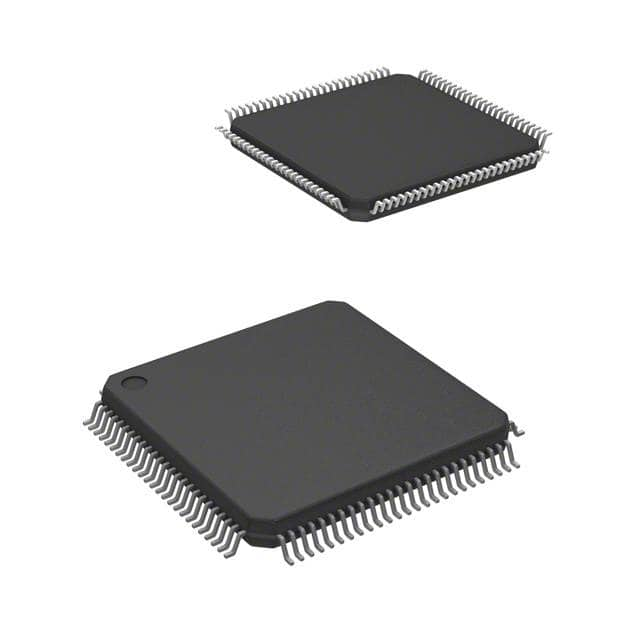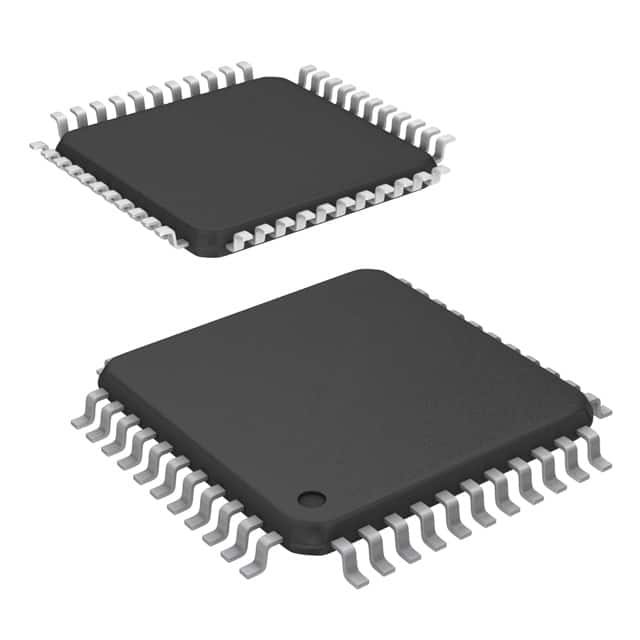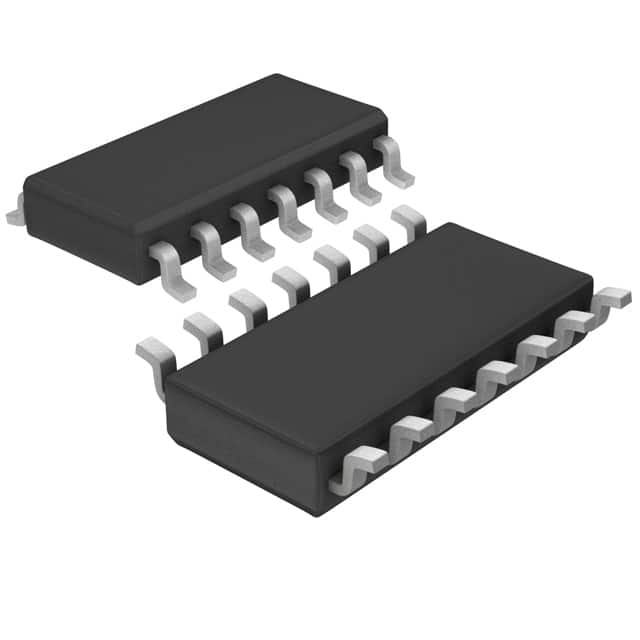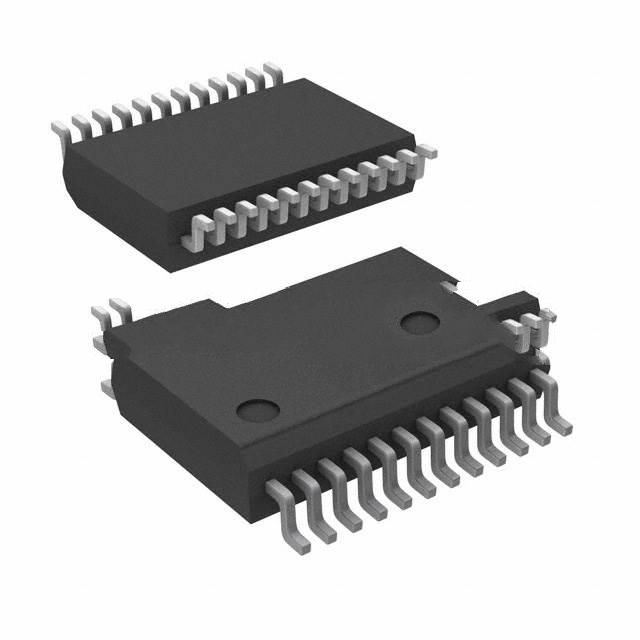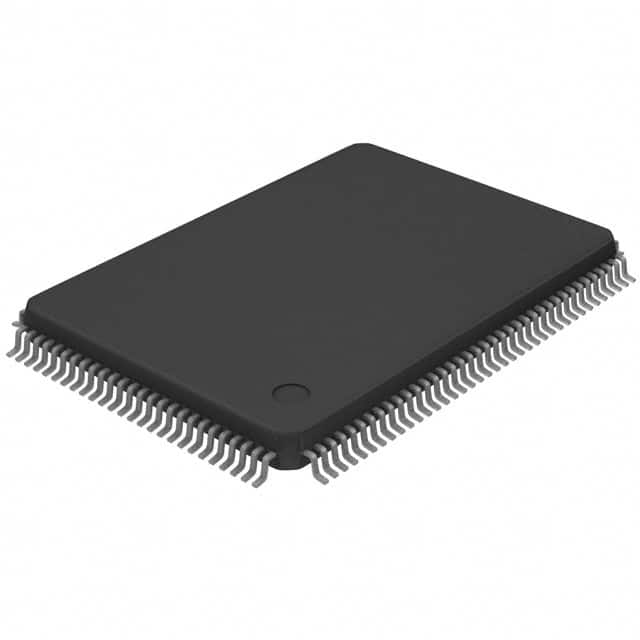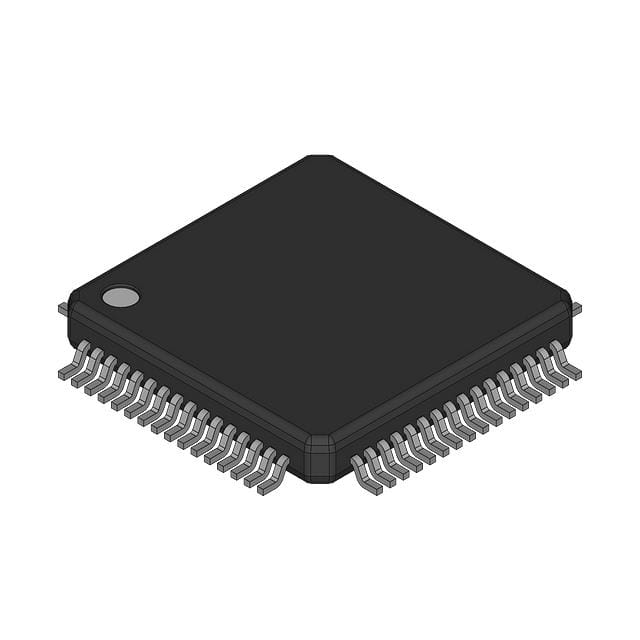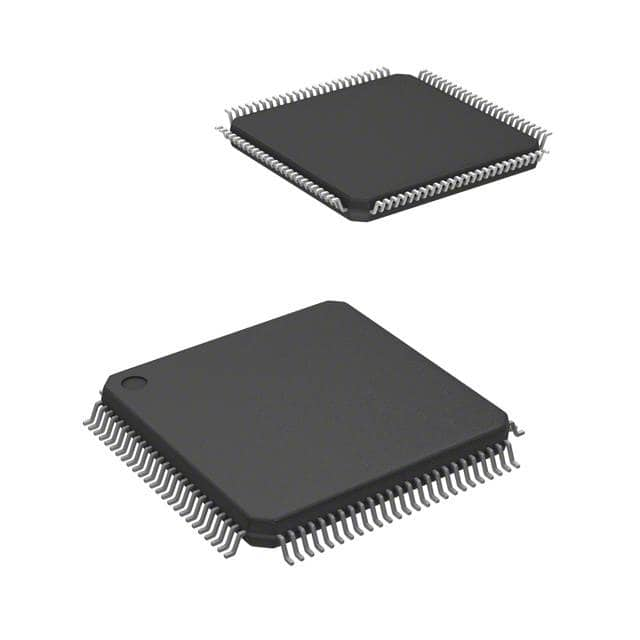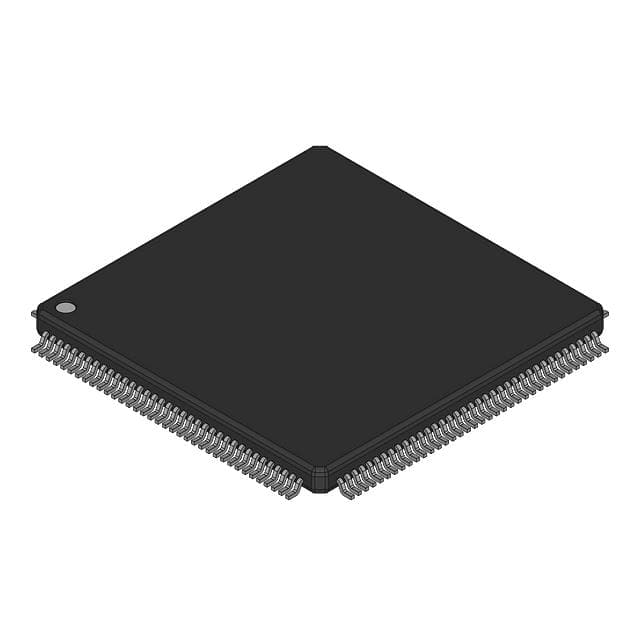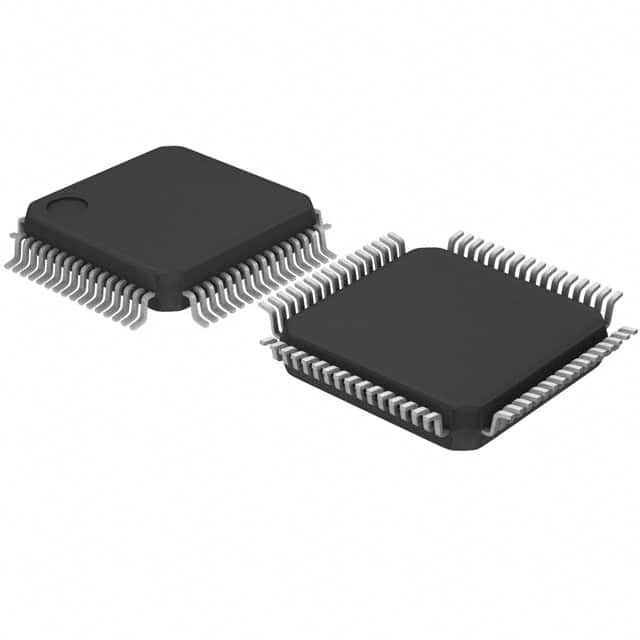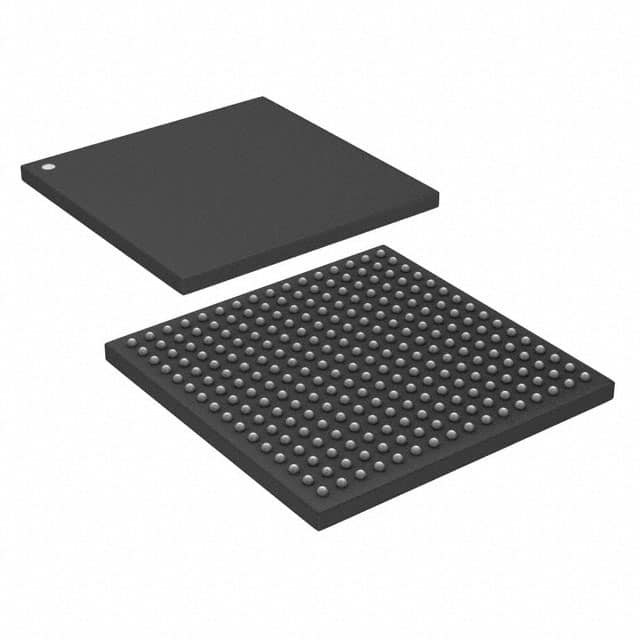DS21552L+ Product Introduction:
Maxim Integrated Part Number DS21552L+(Interface - Telecom), developed and manufactured by Maxim Integrated, distributed globally by Jinftry. We distribute various electronic components from world-renowned brands and provide one-stop services, making us a trusted global electronic component distributor.
DS21552L+ is one of the part numbers distributed by Jinftry, and you can learn about its specifications/configurations, package/case, Datasheet, and other information here. Electronic components are affected by supply and demand, and prices fluctuate frequently. If you have a demand, please do not hesitate to send us an RFQ or email us immediately sales@jinftry.com Please inquire about the real-time unit price, Data Code, Lead time, payment terms, and any other information you would like to know. We will do our best to provide you with a quotation and reply as soon as possible.
Introducing the Maxim Integrated DS21552L+, the ultimate solution for high-performance data acquisition and signal processing applications. This advanced device combines the power of a high-speed analog-to-digital converter (ADC) with a flexible digital signal processor (DSP), making it the perfect choice for a wide range of applications.
The DS21552L+ features a 16-bit, 125 MSPS ADC that delivers exceptional accuracy and precision. With its high sampling rate, it can capture even the most complex signals with ease. The integrated DSP provides powerful processing capabilities, allowing for real-time signal analysis and manipulation.
One of the key features of the DS21552L+ is its versatility. It supports a wide range of input signal types, including single-ended and differential inputs, making it suitable for a variety of applications. Additionally, it offers multiple output options, including parallel and serial interfaces, ensuring seamless integration with existing systems.
The DS21552L+ is ideal for applications such as medical imaging, communications, and industrial automation. In medical imaging, it can be used for high-resolution ultrasound imaging or magnetic resonance imaging (MRI) signal processing. In communications, it can be utilized for software-defined radio (SDR) applications or digital beamforming. In industrial automation, it can be employed for high-speed data acquisition or control systems.
With its exceptional performance, versatility, and wide range of applications, the Maxim Integrated DS21552L+ is the ultimate solution for high-performance data acquisition and signal processing needs. Experience the power of this advanced device and unlock new possibilities in your applications.
Interface - Telecom is an integrated circuit specifically designed to achieve signal conversion and protocol adaptation between different devices in communication networks. This type of interface typically integrates multiple communication standards and interface protocols, such as PSTN (Public Switched Telephone Network), ISDN (Integrated Services Digital Network), DSL (Digital User Line), GPON (Gigabit Passive Optical Network), etc., to facilitate seamless data transmission in complex telecommunications environments. The design principle of telecommunications interface chips is based on the understanding and implementation of telecommunications network protocol stacks. Through built-in hardware logic, they achieve functions such as signal encoding, decoding, synchronization, and error detection. Its characteristics include high reliability, low latency, wide compatibility, and adaptability to harsh environments, making it a key component in building modern communication infrastructure.
Application
Interface - Telecom plays a core role in the communication industry and is widely used in fixed and mobile communication networks, including but not limited to telephone switches, base stations, routers, modems, gateways, optical network units (ONUs), cable modem head end systems (CMTS), and other equipment. In these applications, the telecommunications interface is responsible for processing the conversion between analog and digital signals, supporting the transmission of various services such as voice, data, and video. In addition, with the development of the Internet of Things (IoT), 5G technology and edge computing, telecommunications interfaces are increasingly integrated into smart grids, smart cities, telemedicine, autonomous vehicles and industrial automation systems to provide stable, high-speed data connections and promote real-time information sharing and processing.
FAQ about Interface - Telecom
-
1. What are E1 and T1 interfaces and how are they used in telecommunications?
The E1 and T1 interfaces are communications standards used for transmitting digital signals; E1 is commonly used in Europe and provides a bandwidth of 2.048 Mbps per line; T1 is used in the United States and provides a bandwidth of 1.544 Mbps per line. These interfaces are commonly used in telephone networks, data transmission and PBX systems.
-
2. What are the main application scenarios for telecom interfaces?
Telecom interfaces are widely used in telephone systems, enterprise PBXs, broadband Internet, mobile base stations, data centers, and satellite communications to ensure that voice, video, and data are transmitted between different devices and networks.
-
3. How do telecom interfaces support modern broadband and 5G communications?
Modern broadband and 5G communications often rely on high-speed interfaces, such as fiber optics and high-frequency wireless connections, to transmit large amounts of data. Telecom interfaces play a critical role in these systems, ensuring efficient communication between devices and supporting large-scale data transfers and low-latency applications such as video conferencing and the Internet of Things.
 Lead free / RoHS Compliant
Lead free / RoHS Compliant



